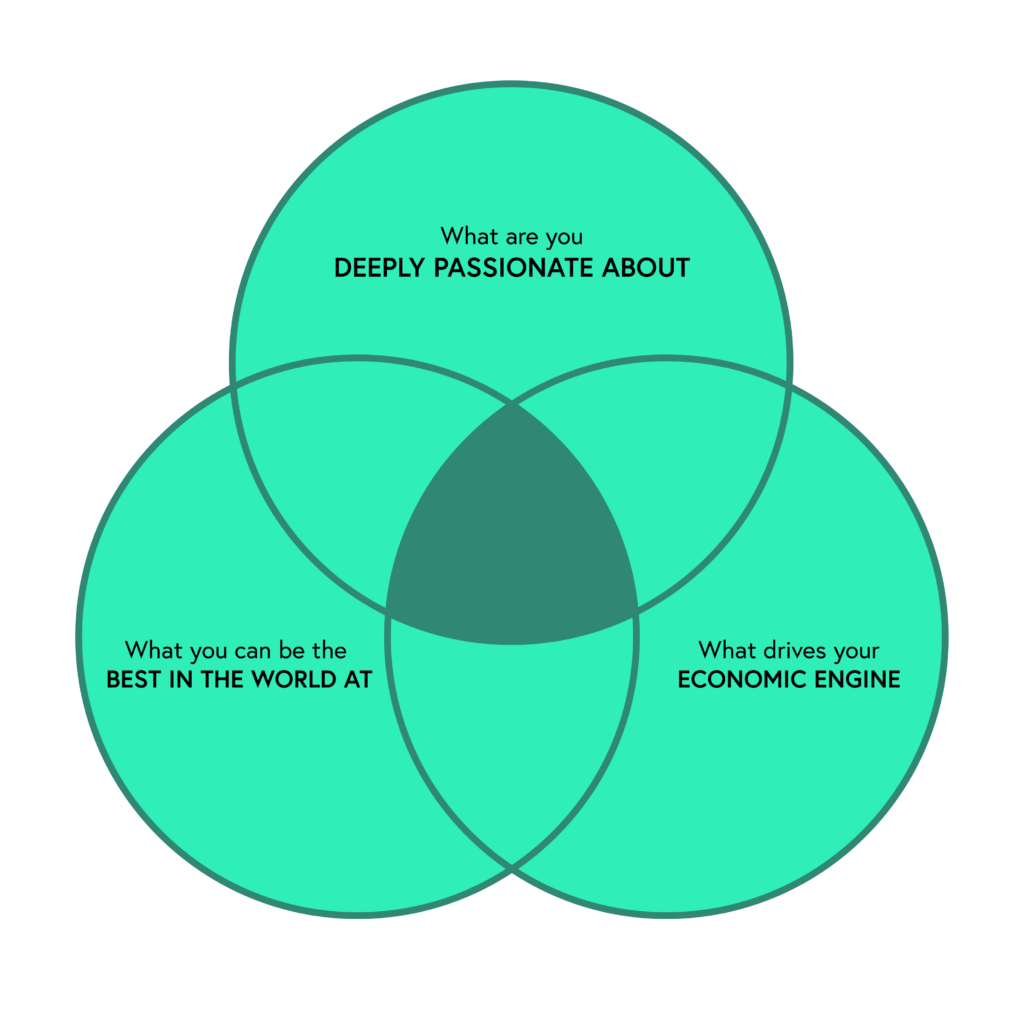Early in my career, I often felt the urge to try to outsmart the market and my competition. I seem to recall some comparison of strategy to three-dimensional chess and the idea that I could “outthink” my opponents was an attractive proposition. Over time, with experience, I learned the value of picking one thing and being incredibly focused on being the best at it. And now, I’ve found, in an age where pivoting is worn as a badge of honor, there’s something to be said for focus.
“The fox knows many things, but the hedgehog knows one big thing.” Philosopher Isaiah Berlin used this Greek adage in his 1950s essay on Tolstoy, in which he divides writers and thinkers based on their respective spirit animal. Since then, this metaphor has made its way into many realms, including business.
The Case for Hedgehogs
Jim Collins, one of my favorite business authors, popularized this concept in his classic book, Good to Great. Collins argues that great companies are hedgehogs: they focus on one thing which they discover by looking at the intersection of three areas:
- What you’re deeply passionate about;
- What you can be best at; and,
- What drives your economic engine.

While foxes constantly try new things, focusing on outsmarting and attacking the hedgehog, the hedgehog focuses on one thing and knows how to defend itself.
As a CEO and a product leader, this distinction particularly resonates with me when it comes to setting corporate vision and strategy. Geoffrey Moore describes this idea a bit differently in Dealing with Darwin when he writes about “core” vs. “context,” where the former represents what makes your business unique and the latter represents the other things it simply needs to do.
Defining your hedgehog is a powerful exercise for an executive team: sit down and articulate what’s core and what’s context in your business. For my company, Pendo (full disclosure: Pendo is the producer of ProductCraft), our hedgehog is helping product teams improve experiences in the software they build. That’s both what we do and how we evaluate what we should do. By this measure, everything else should be treated with genuine skepticism and held to the higher standard of scrutiny.
How Do Hedgehogs Prioritize?
But having a strong sense of what your company is about does not solve the product manager’s eternal need to prioritize. Prioritization in product management is the act of trying to predict or anticipate what users will value most. Of course, it’s best practice to solicit feedback from customers on what to build, but this feedback rarely aligns perfectly. Different customers want different things and often have competing priorities. As a product leader, you need to make the call. Once your company reaches a certain size or scale, the product prioritization process becomes complex.
Foxes and the Future
Ultimately, it’s product’s job to decipher this complexity and prioritize things based on their expected value to customers and to the business. Unfortunately, this is hard. People are generally bad at forecasting. I stumbled upon research by Philip Tetlock about forecasting political outcomes, where he shows that political pundits that are more “fox-like” tend to be better at forecasting the future. Foxes are more open to influences by new events, which makes them more adaptable to changing conditions. Hedgehogs tend to be too set in their ways to discover new trends.
I prefer the notion of product leadership as organizational foxes. This means they possess the ability to run multiple experiments in different areas and to invest based on real data and demonstrated traction. Being too confident in any one approach leads to blind spots and mistakes. This behavior may be the best way for companies to avoid the Innovator’s Dilemma (which holds that the things that made you successful in the past may eventually become your very undoing).
The reality is that the future of your industry may look like “context” instead of “core.” Someone in the organization needs to ensure that you never get left behind. If you ask me, that someone ought to be the product leader.


